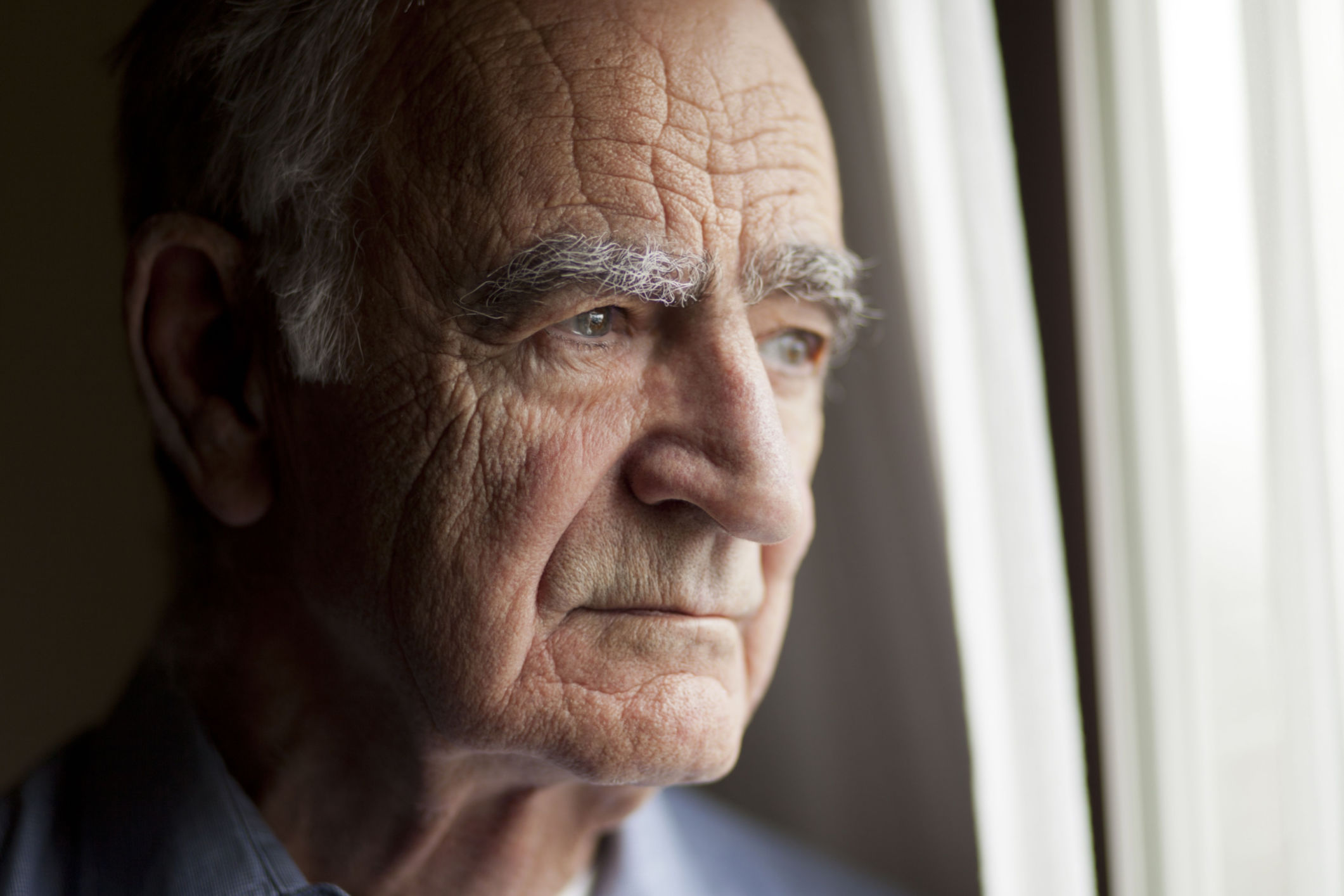
Key points:
It has been proven that there is a strong link between meaningful social connections and the mental and physical health of older Australians. Social isolation and loneliness are important issues to address, yet some countries still report that up to one in three older people feel lonely.
To address the problem, just last week, the Emotional Wellbeing for Older Persons (EWOP) program was released by the Central and Eastern Sydney Primary Health Network which offers holistic mental health services for people living in residential aged care facilities.
The program allows aged care workers or General Practitioners (GPs) to fill out referrals for residents who have symptoms such as anxiety, low mood, loss of enjoyment or change in circumstances, sadness and isolation or those ‘at risk’ of developing a mental health illness.
The effect of social isolation and loneliness can be greater for older people moving into residential aged care and their impact on mortality has been compared to other well-established risk factors such as smoking, obesity and physical inactivity.

Research Administration Officer at National Ageing Research Institute, Marcia Fearn, said it is important to distinguish the differences between loneliness and social isolation.
“Loneliness refers to the feeling, or subjective experience of feeling alone or disconnected from others, even when surrounded by people. On the other hand, social isolation refers to the objective state of being physically separated from other people and not having social contacts or relationships,” she explained.
“While social isolation can be a cause of loneliness, it is possible to feel lonely even when surrounded by people. Similarly, a person may not feel lonely despite being socially isolated if they have a sense of connection and belonging through other means.”
Addressing loneliness in aged care settings is crucial to promote and enhance the well-being of residents, and should involve identifying and addressing barriers to social interaction.
This includes addressing physical limitations, transportation issues, language barriers, or sensory impairments that may affect residents’ participation in social activities.
Ms Fearn said reports show that the quality of social contact is more important for reducing loneliness as opposed to quantity.
“Strategies for reducing loneliness should be holistic and person-centred. There is no one size fits all approach,” she explained.
Encouraging one-on-one befriending between residents can also be useful, especially if a resident has barriers or limitations to joining in on group activities.
This is hugely reliant on the presence of a Lifestyle Coordinator to organise and run socially stimulating activities. Book clubs, social programs and exercise programs can provide a sense of belonging for residents that comes with being part of a group. But aged care workers have the opportunities to facilitate social interaction, create supportive environments, organise meaningful activities, and foster connections with other residents, family and friends which combat the negative impacts of loneliness.
Ms Fearn said that providers can offer aged care workers training and education on understanding and addressing loneliness, practical communication skills, and person-centred care. This can help them identify signs of loneliness, offer emotional support, and implement strategies to promote social engagement.
I am sure age care workers would love to spend time with clients alas! they are not given the time. It’s rush all the time.
Sadly Aged Care workers don’t always have the time due to restrictions on time (management’s calling) and also Staffing levels also budget restrictions. I personally always make sure to converse and have a laugh with Residents even those with dementia can benefit from a laugh/smile and a chatter